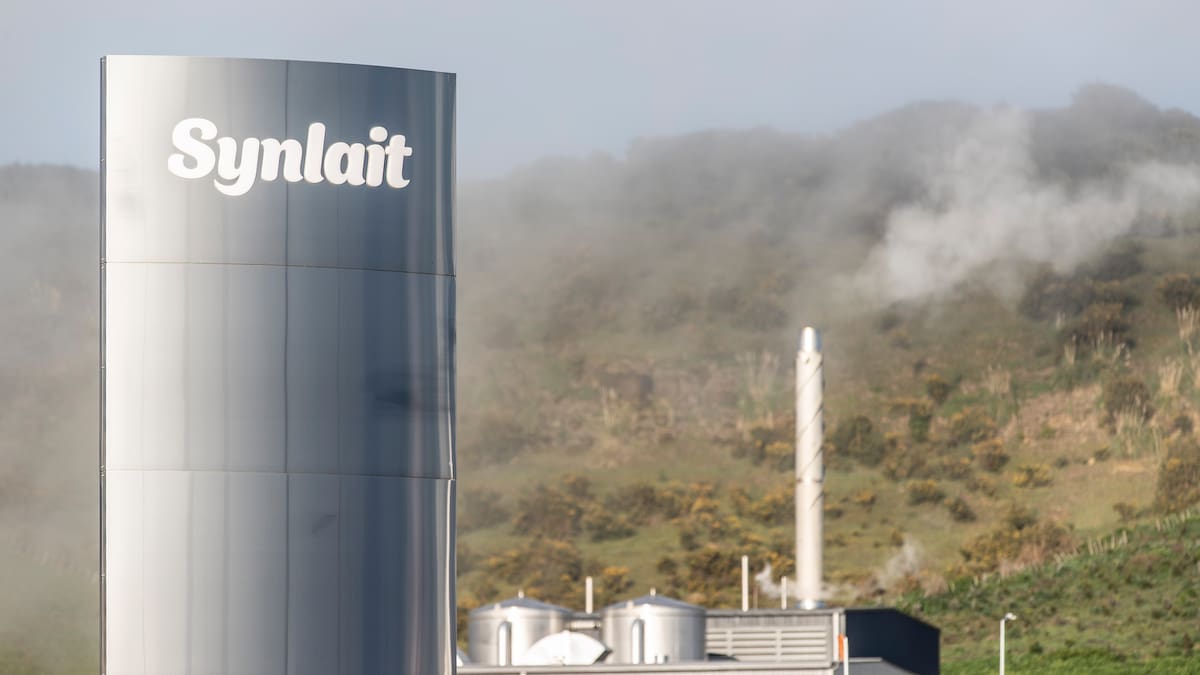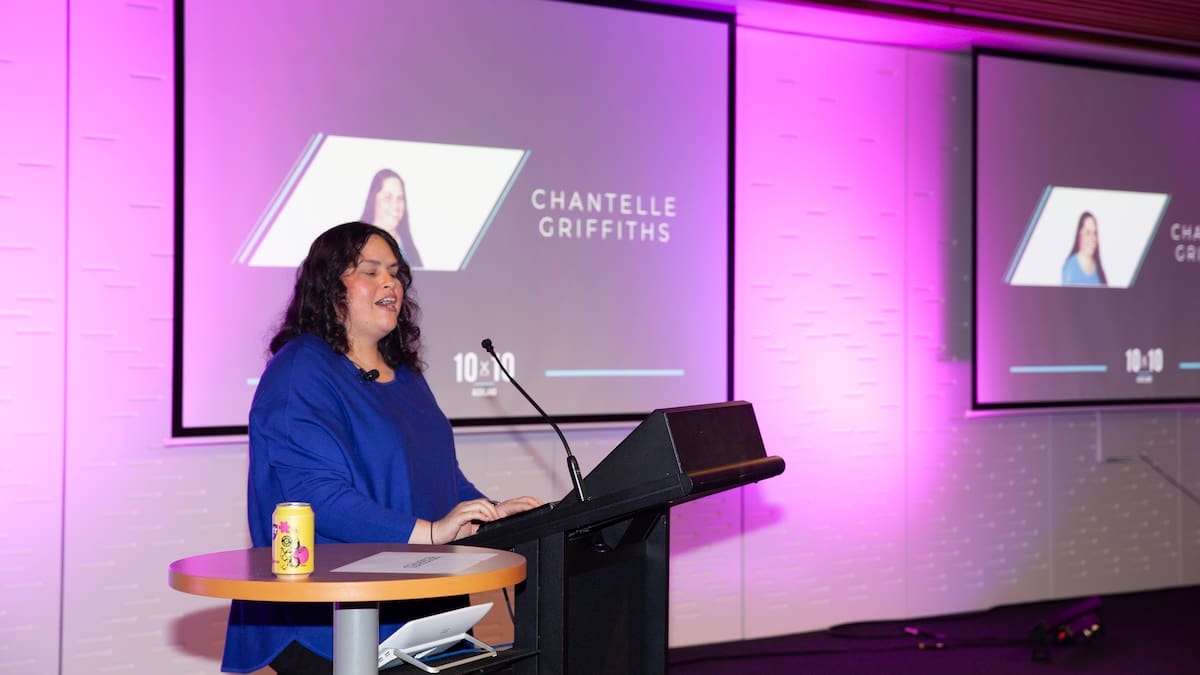Speaking to RNZ from San Francisco, Jones said attending the dinner was an “amazing experience”.
It was an opportunity to meet industry titans, like AMD chief executive Lisa Su, Google researcher Ray Kurzweil and the United Nations secretary-general’s envoy on technology Amandeep Singh Gill, Jones said.
“Having conversations with people that are on it on the list was a great opportunity, and I must say that I was extremely proud to be from Kaitaia and to be Māori.”
Jones said he was humbled to be included on the list.
“People that are shaping the way that AI is not only being developed but used across the world, and they are the world’s most influential advocates for things like privacy as well.
“Some of them express alarm about dangers. But they also express opportunity around how these technologies can be useful to address problems that we are faced with internationally.”

Jones remembers his mentors, Tireiniamu Kapa, Merimeri Penfold and Hekenukumai Pūhipi, who helped him greatly when he took over the reins at Te Hiku Media.
“I think about the time that they gave me and the time that they put into supporting me in what I had been mandated to do, which was to take our iwi radio station on a digital journey, a digital transformation.”
“Those kuia and kaumatua reminded me that many indigenous languages across the world are in danger of extinction. When we lose a word, we lose part of our culture.”
Jones said high standards around language quality were key to the platform’s 92% accuracy rate.
“We have an extremely meticulous data set that is specifically for natural language processing … building on 30 years’ worth of te reo Māori corpus.”
“I also want to pay special attention and acknowledgement to each and every kaimahi, because it’s not one person that achieves this – it’s a team, a community focused team, that works together to create tools that are built on data that is very, very well curated.”
Speaking on the proliferation of AI tools in recent years, Jones said he was looking forward to seeing what the future would hold.
“Technology is not new to us as Māori. We want to contribute to humanity’s expression of identity and the ongoing survival of our own identity for our mokopuna, and contribute to ensuring that our language survives into the future.
“If [te reo Māori] doesn’t have a digital future, it’s going to be very difficult for us to ensure that it is an option for communication in the world that our mokopuna will live in.”





